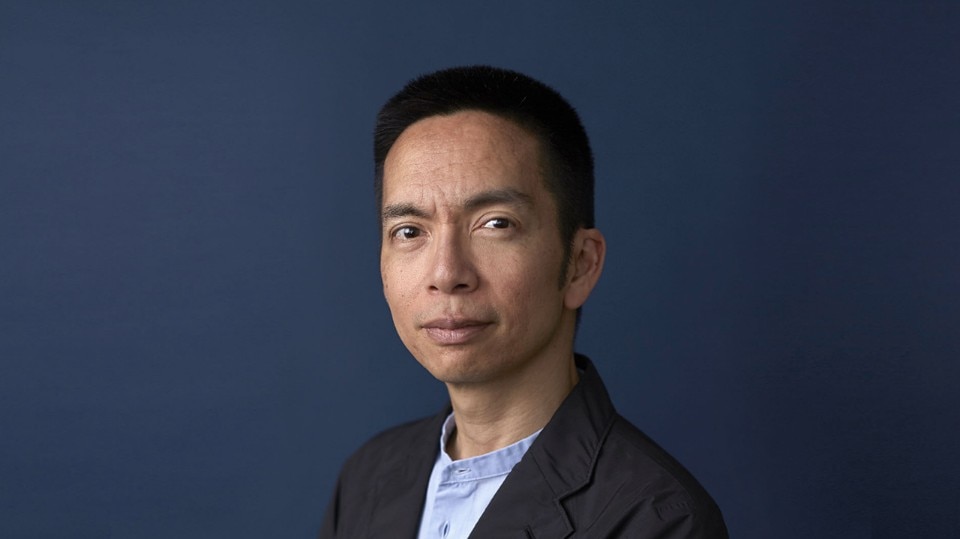Since the era of the Aesthetics and Computation Group, founded in the MIT Media Lab by Nicholas Negroponte, John Maela has always focused his attention on situations where design and technology come together and can no longer exist independently.
His career (following MIT, the Rhode Island School of Design and the venture capital company Kleiner Perkins Caufield & Byers) has always anticipated trends in the world of high-tech which, while playing a fundamental role, is often complementary to the other equally important aspect of his activities, his artistic side (“So, what will take technology's place [in 2020, ed]?”, he wrote in 2010 in Forbes. “It begins with art, design and you”).
Maeda loves to define himself as a “humanist technologist”. And this is no simple stance. For those who ask him what they should read in order to form a solid foundation for digital design, he recommends manuals for software programming, as well as the classics by Reyner Banham and Lewis Mumford. His reference points have always been two established giants of graphics: Paul Rand and Muriel Cooper.
After a series of changes (“People who resist change tend not to learn”, he maintains), his most recent was in 2016 when he became Global Head of Computational Design and Inclusion at Automattic, the largest distributed company in the world; no headquarters and 859 employees spread over 69 countries. Automattic is the company that invented Wordpress.com, as well as WooCommerce, Jetpack, Simplenote, Longreads, Cloudup and many other successful products. It also, as he himself explains, “creates products to keep the web open”.
A tireless and brilliant speaker and author of successful books such as Design by Numbers (1999), Maeda@Media (2000) and The laws of simplicity (2006), in 2015 Maeda launched the Design in Tech Report, a document which is available free of charge online, where he shares his analyses of design, investments, technology and business from last year.
Invited by the curator Lisa White to take part in the Saint-Étienne Bienniale, he accepted the not-so-simple challenge of representing his reflections on open-source and the future of technology through an exhibition.
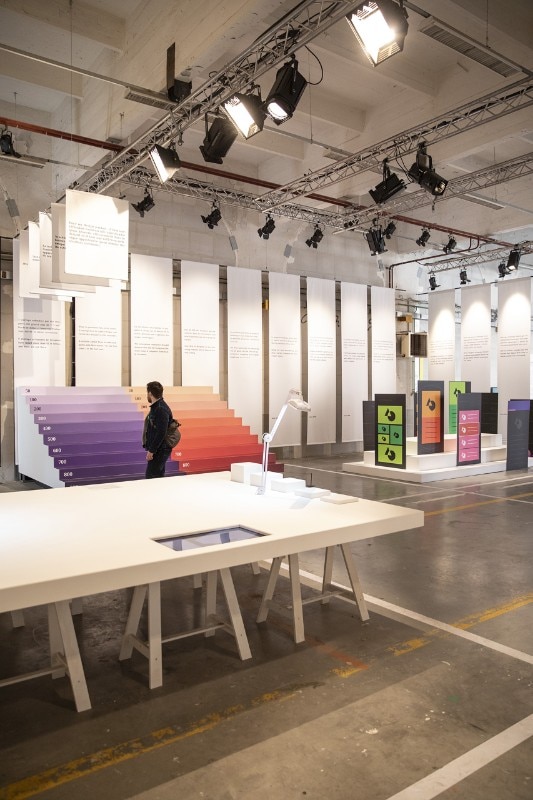
You define yourself as a “humanist technologist”. Does humanism prevail over technology with the passing of time?
I think that as we get older, we become more human. When you are young and innocent, you are concentrated on yourself. As you get older, you realise that there are different types of people in the world, and that direct relationships are very important.
In design, I think that one needs to be part of a good team, where no-one can allow themselves to be the star. It is like a team game with a common goal, which could be satisfying clients or leading social change.
Does technology become less necessary?
Technology offers us the opportunity to come into contact with people both face to face and online, via a computer screen. It is a much more powerful tool than the telephone ever was. We can interact with many different types of people at the same time from a distance, but I have also seen people who sit in front of each other and prefer to send messages rather than speak. David Bowie, who in an interview with the BBC in the 1990s described the future very accurately, comes to mind. He said that Internet cancelled the distance between the artist and their audience, and this would lead to new forms of art. He described it as similar to an “alien life form landing”. Perhaps he himself was an alien. But it is here that the power of the computer lies: it is an alien technology. All we need to do is understand it.
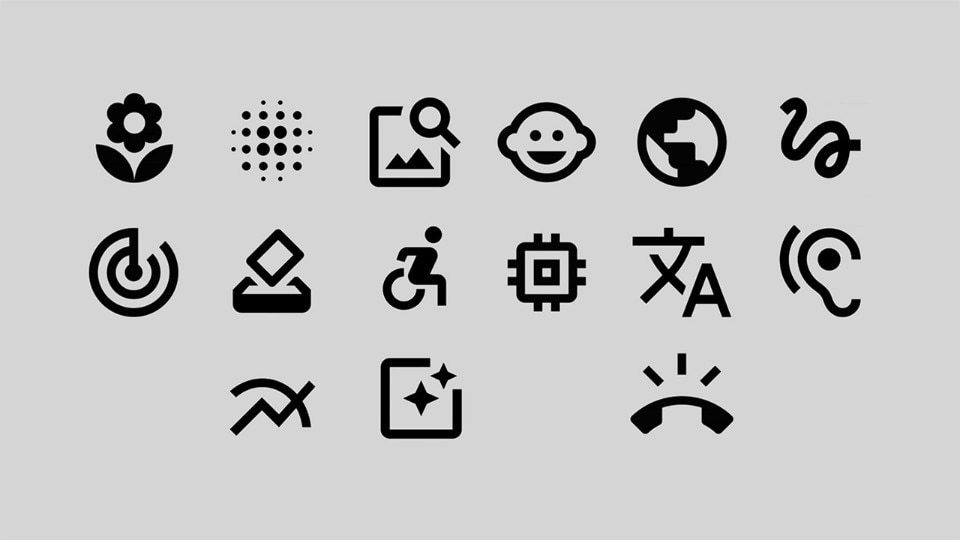
The problem is that it is invisible...
You can’t see it. And so it is frightening. What does fear look like? Does it look like Zuckerberg? Furthermore, if we fail to understand that everything is based on a computer connected via a network to other computers, we should not be surprised if there is no longer such a thing as privacy. Even our telephones could be bugged, continuing to listen even after we have hung up. Anything which is remotely connected can be intercepted. In France, there are two types of bread. One is with sourdough, and has a slightly acid smell, and the other is with chemical yeast and smells of bread (pan levain and pan levure). You have to choose, you are either one or the other. And if you choose to be sourdough, well... you can’t make calls or send messages.
I think that simplicity is fine when there is a need to take on complex themes and climate change is one of humanity’s biggest worries. In this case, simplicity is important for communicating with people.
In 2005 you said that “conquering simplicity in the digital era had become a personal mission”. Can simplicity offer answers to the most important problems of our time, such as pollution, climate change and social inequality?
I think that simplicity is fine when there is a need to take on complex themes and climate change is one of humanity’s biggest worries. In this case, simplicity is important for communicating with people. It can help to involve them, invite them to want to find out more. But climate change is an extremely complex matter and you need to make a concerted effort to understand its complexity. The ninth law of simplicity [from his book The laws of simplicity, ed] says that some things can never be made simple.
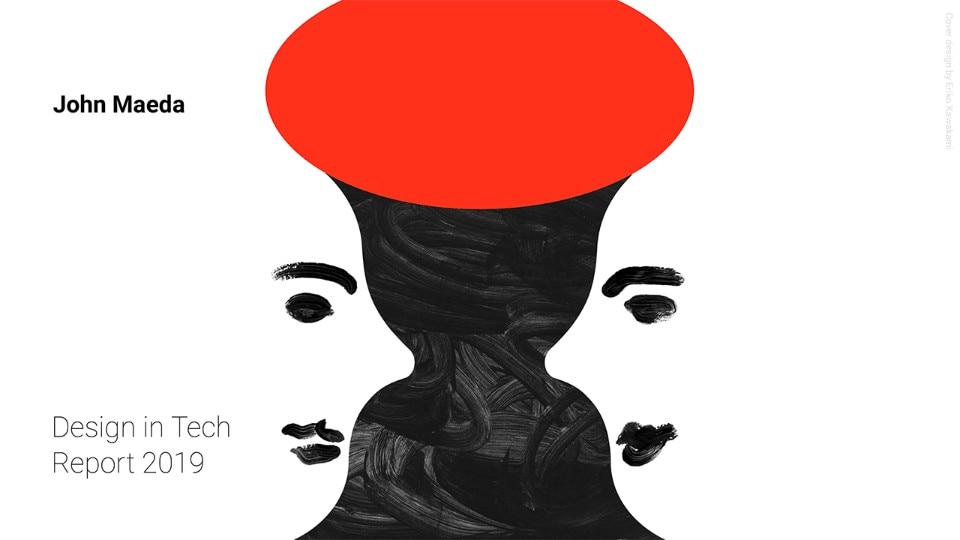
This year’s Design in Tech Report changed your point of view concerning a number of matters. Which?
It changed my point of view on the way in which we talk about design. For a designer, the most important thing is design. For a technologist, it is technology. For an entrepreneur, money. I think that one needs to be part of a good team, where no-one can allow themselves to be the star. A few years ago, designers were relegated to the background. Now we are in a phase in which we are aware that we are all equally important. It is like a team game with a common goal, which could be satisfying clients or leading social change.
The role of the designer has also changed, and is now more complex and complete...
The way in which design is practised nowadays in the high-tech world is different from how it was 10 years ago. I have identified three types of design: Classical design, Design thinking and Computational design [which applied computational strategies to the design process and finds logical and creative solutions capable of promoting efficiency and innovation, ed]. For example, if the CEO of a company reads in the Harvard Business Review that design is important, but hires the wrong kind of designer, let’s say a graphic designer or a jewellery designer, they will not be able to change their business. What they need is a computational designer, who understands the speed of things and who, at times, also has classic skills or design thinking abilities. This is the kind of designer that I would hire. Computational designers, concentrated for the most part in the Silicon Valley, are the ones who are changing the world.
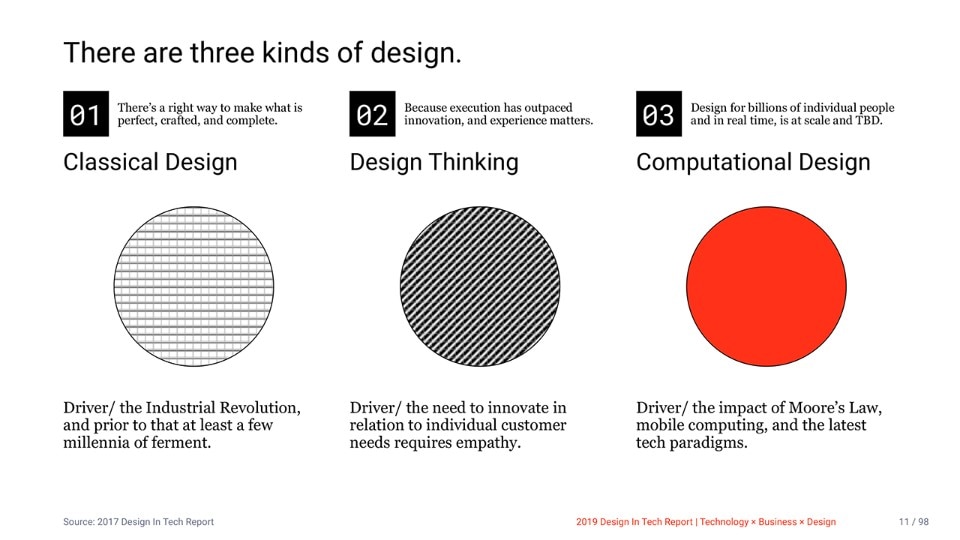
Nowadays, more than half of the world population lives in an urban context and this figure is destined to reach almost 70% by 2050. What opportunities can technology offer the cities of the future?
When we have all these super-dense metropolises, the main problem will be mobility. Everything concerning mobility will become fundamental and information technology has always been at the centre of this sector, ever-increasingly connected to the cloud. This is why many companies are investing in self-driving vehicles. What makes me afraid is what is happening outside the cities: for example, when freight transportation by rail is replaced by self-driving vehicles, how many businesses will be killed off?
Computational designers, concentrated for the most part in the Silicon Valley, are the ones who are changing the world.
Do you use social networks? Which is your favourite?
Twitter is the one I use the most. And I liked it before Donald Trump came on the scene. I have never had a Facebook profile. This has turned out to be a good thing, considering everything that has emerged with regards to privacy. Facebook is getting better, it is less invasive, above all following criticism from so many journalists. It was an important passage, otherwise nothing would have changed. With social media, you are totally accessible, you can find yourself in a difficult position, but this is important, because this is the way we learn.
What is the best way to teach design to children? Analogically or digitally?
It depends on the kind of design. If you want to teach classic design you should buy the books by Paul Rand, Massimo Vignelli, Paula Scheer and the best designers. In the case of computational design, all you need is a smartphone, because you need to understand how it works. This is why my exhibition includes Google’s Material Design, because it is a good combination of Classical and Computational design. It is also useful for Design Thinking, as working with people helps you to understand how to become more creative.
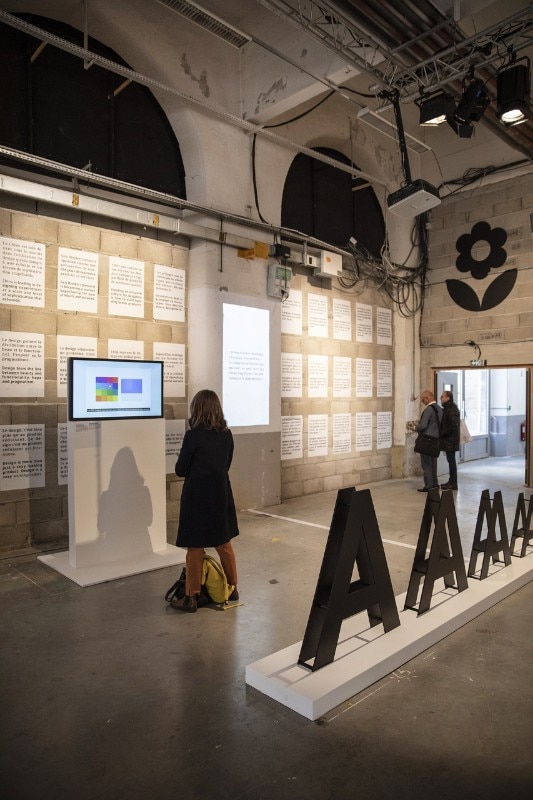
- Exhibition title:
- Design in Tech Carte blanche to John Maeda
- Opening dates:
- 21 March–22 April 2019
- Venue:
- Cité du design – Manufacture
- Address:
- 3 rue Javelin Pagnon, 42000 Saint-Étienne
- Website:
- https://biennale-design.com


